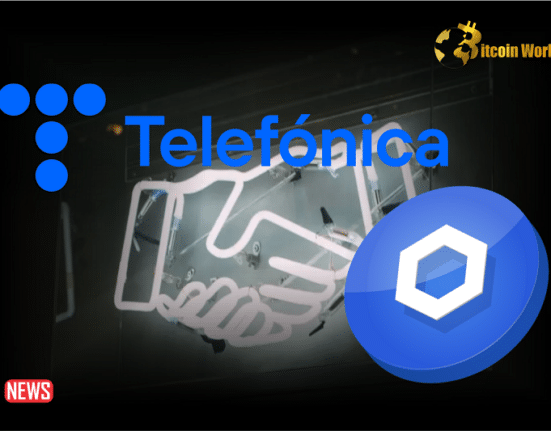The developer of the Litecoin-compatible Bitcoin Ordinals protocol fork claimed he did it all for a few thousand dollars in cryptocurrency as payment.It only required a tiny monetary reward and some technical skill to split the Ordinals protocol into Litecoin, the second cryptocurrency network ever.
Anthony Guerrera, an Australian software developer, published a repository on GitHub on February 18 that forked the Bitcoin Ordinals protocol into Litecoin. This enabled assets resembling nonfungible tokens (NFT) on the Litecoin network in a manner similar to how it had happened with Bitcoin earlier this year.
Guerrera claimed in an interview with Cointelegraph that a 5 LTC incentive offered by the fictitious Twitter user Indigo Nakamoto on February 11 that increased to 22 LTC, or around $2,000, to anyone who was first to successfully establish a fork motivated him to build Litecoin Ordinal.
“I knew it was possible because Litecoin has taproot as well as SegWit,” Guerrera said, adding: “I was in a bit of a mad rush to try and get it done as fast as I could.”
The Bitcoin protocol modifications known as Taproot and SegWit enabled for the attachment of NFT-like structures known as “inscriptions” to satoshis as well as increased network efficiency and anonymity.
Guerrera stated that the cost to inscribe a litoshi, which is the LTC counterpart of a satoshi, is “around two cents.” The cost to inscribe an image onto the Bitcoin blockchain can cost up to tens of dollars depending on its size.
The amount of network block space that Ordinals occupy is a source of debate among Bitcoin users because of how much more data they contain than transactions. Due to Litecoin’s larger block size, Guerrera believes that this issue won’t be as noticeable, but it still might occur.It might as well be me since Pandora’s Box has already been opened and someone was going to do it.
Guerrera claimed that the creation of his LTC fork took about a week because “the changes were quite simple.” He explained that in order to work with inputs from the Litecoin network rather than the Bitcoin network, he updated the Ordinals code.
The fork also had to take into account variables that varied between the blockchains, such as the total number of coins that could be created and differences in block creation times.
Guerrera claimed in a tweet on February 19 that he had created the first-ever Litecoin Ordinal by “inscribing 0,” which involved uploading the MimbleWimble whitepaper to the blockchain.
The release of the whitepaper follows the Mimblewimble Extension Blocks (MWEB) upgrade in May 2022, which enables Litecoin users to choose to participate in private transactions and other blockchain advancements like assisting in the reduction of excess and pointless transaction data.
To draw attention to the fact that Litecoin now has a privacy sidechain linked, Guerrera remarked, “I wanted to dedicate the first inscription to it.”I like the technology, and I like that on these open ledgers, privacy can exist.
Guerrera will “keep contributing to this fork as much as I can” and port over updates from the original Ordinals in regards to the forked protocol’s future.
He continued, “I probably want to hand this over as I don’t want it to take up too much of my time.” I have other things to do. I have other things to take care of.















